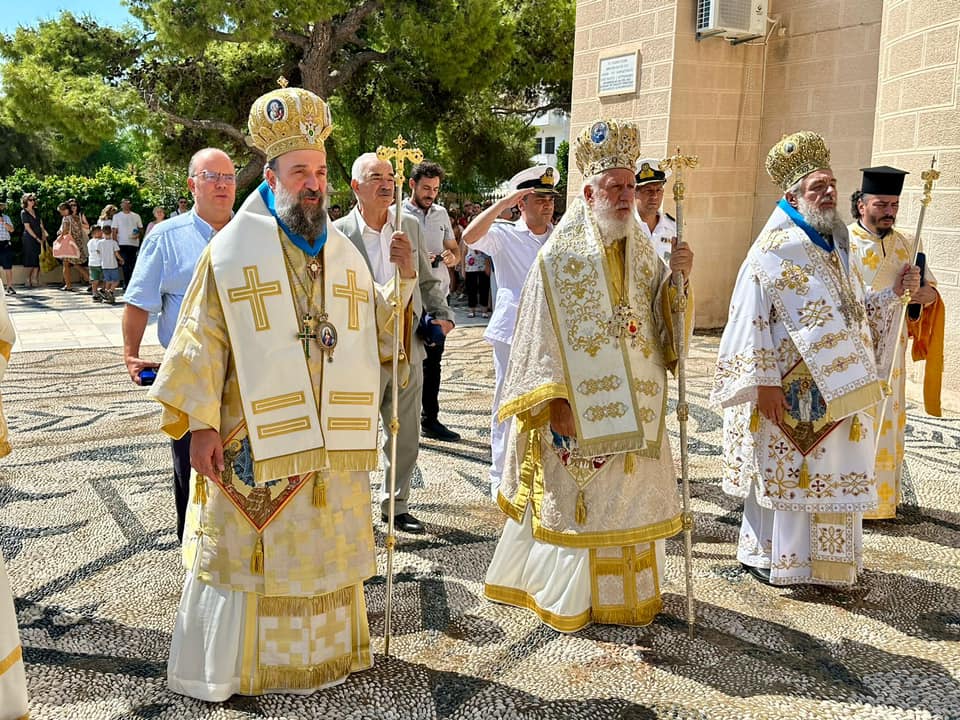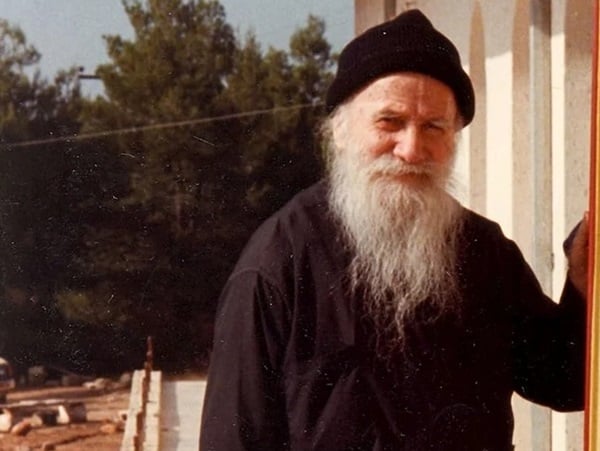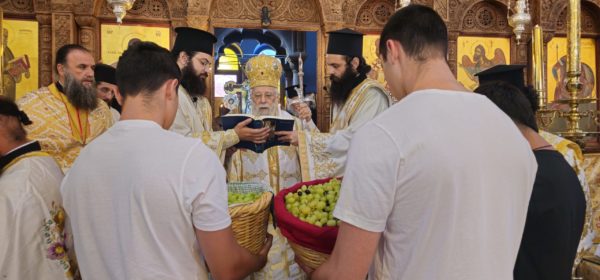Turkish authorities removing Christian symbols of Hagia Sophia, working to conceal frescoes
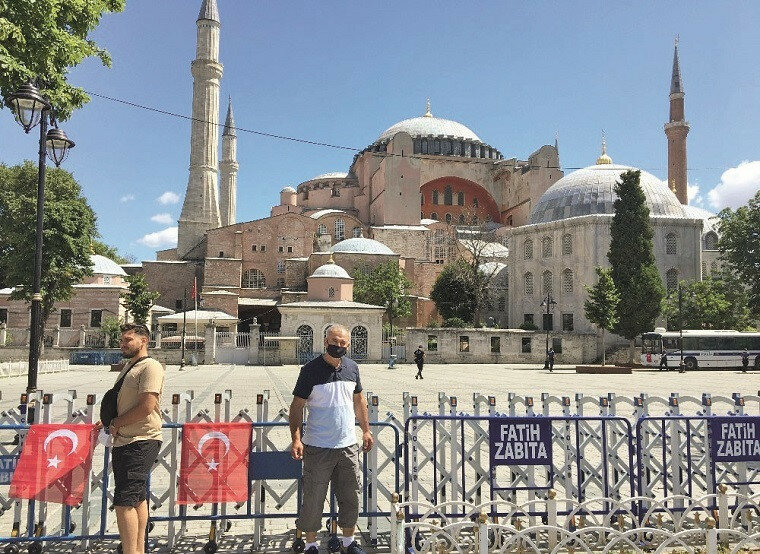
The outrageous decision this month by Turkish President Recep Tayyip Erdogan to convert the Hagia Sophia into a mosque and continued international condemnation over the latest insult to Christianity, and especially the Orthodox faith, dominates our news coverage. Works and interventions on the pre-eminent symbol of Orthodoxy and Byzantium are proceeding at a break-neck pace, as the Islamist and authoritarian Turkish leader aims to hold a political rally-cum Muslim prayer service at the Hagia Sophia on July 24.
Some Turkish media reports, citing government officials, are even pointing to a leading role for Erdogan himself, who on Friday claimed that converting the Hagia Sophia was one of his “childhood dreams”.
Movable Christian symbols are quickly being removed from the site. In fact, Turkish Culture Minister Mehmet Nuri Ersoy claimed that a new museum will be established near Hagia Sophia to display portable icons and Holy relics.
In a continuing cascade of inflammatory statements by Turkish ministers, Ersoy opined that “…the Turkish nation fought to preserve ‘Hagia Sophia’ to this day and has diligently taken care of it for 576 years.”
He also promised that Hagia Sophia will be open for locals and tourists free of charge.
Additionally, the latest Turkish media reports have the country’s Directorate General of Foundations, who received control of the Hagia Sophia after its transfer from the culture ministry, and after its status as a museum was abolished, placing a special glass façade in front of the cathedral’s glorious frescoes, whereby they can be hidden during Muslim prayers, and then reappear for tours by visitors.
Hagia Sophia was for decades the most visited museum in Turkey, and as such a source of enormous revenue for the Turkish state. It remains the most emblematic monument in the country, a testament to the 1000-year Eastern Roman Empire, known as Byzantium, as well as a UNESCO World Heritage site.
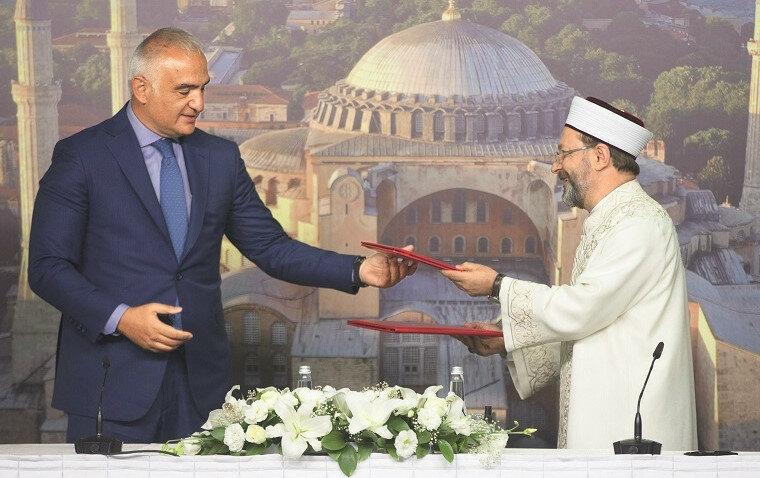
Greek reaction at EU Council aims to keep Turkish provocations in the spotlight
Meanwhile, in keeping the international spotlight directly on official Turkey’s outrageous provocations and jingoist policy, Greek Prime Minister Kyriakos Mitsotakis on Friday reportedly called on his European counterparts to make clear choices and take tough sanctions against Turkey, speaking at the European Council in Brussels.
The Greek prime minister also raised the issue of the Hagia Sophia, saying this was indicative of the manner in which the Erdogan administration approaches international agreements, mutual respect and inter-religious dialogue. Mitsotakis asked for an in-depth debate on the EU-Turkey relationship at the next European Council, the same official said.
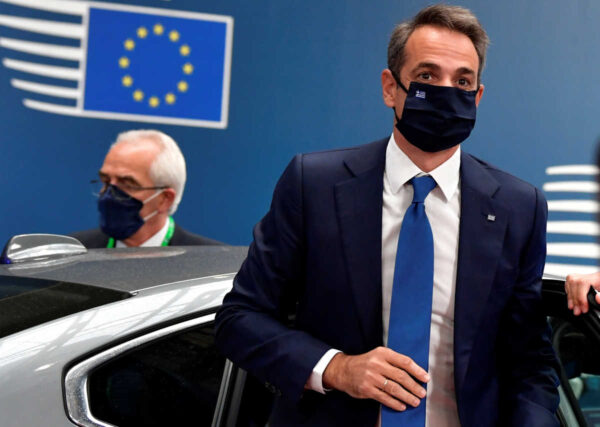
On his part, Cyprus President Nicos Anastasiades also commented on EU-Turkey relations with a post on Twitter, noting that: “Whenever Turkey violates international law and undermines the vital interests of the EU and its Members States, the Union should respond collectively and decisively in concrete terms.”
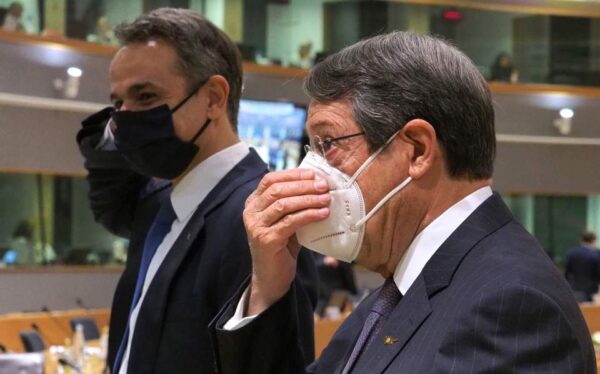
In a related development, Athens Polytechnic engineering professor Tonia Moropoulou announced an international initiative by academics and scientists to unite their voices against the “…profane plans of the Turkish president.”
Moropoulou heads a Polytechnic group of experts that worked on preservation and anti-seismic projects on the Hagia Sophia.
Prof. Moropoulou also headed a team of engineers and scientists from the Polytechnic that planned and executed the restoration of the Holy Kouvouklion, or small chapel, within Holy Sepulcher Church of Jerusalem.
H αναδημοσίευση του παραπάνω άρθρου ή μέρους του επιτρέπεται μόνο αν αναφέρεται ως πηγή το ORTHODOXIANEWSAGENCY.GR με ενεργό σύνδεσμο στην εν λόγω καταχώρηση.
Ακολούθησε το ORTHODOXIANEWSAGENCY.gr στο Google News και μάθε πρώτος όλες τις ειδήσεις.









